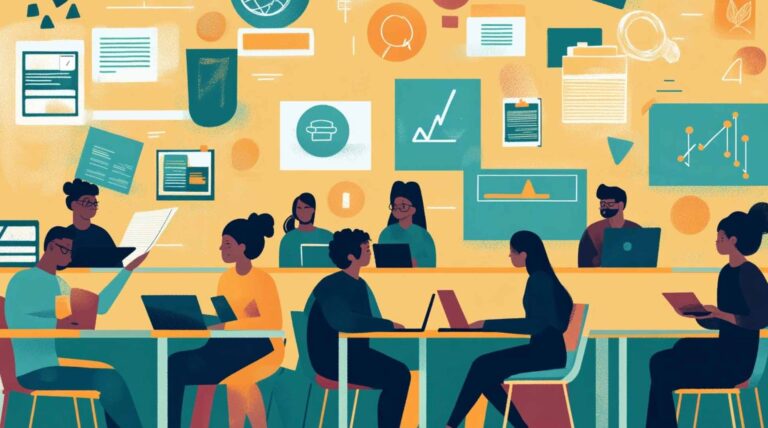A Brief Guide to Open Educational Resources
Open Educational Resources (OER) are any type of media that is free and publicly available for educators and students to use, reuse, repurpose, and sometimes modify for educational purposes (1, 2).
The idea of OER has been around for a while but in the last few years there has been a great push by states, organizations, and educational institutions to offer these resources systemically through online repositories, some of which have been peer reviewed through national metrics such as Quality Matters (3). Today, if you perform a web search on OER, you will find a large number of OER initiatives around the world (4) and sites that offer open content ranging from learning objects to textbooks to whole courses often available under one of the open Creative Commons Licenses (5) that allows for reuse, revision, remixing and redistribution.

One reason for the uptick in the availability of OER is the rising cost for students (63% increase since 2006), which is most marked in the category of college textbooks and materials. (Figure). States like Rhode Island have embraced OER initiatives aimed to save students $5 million over five years using open licensed textbooks (6, 7). The movement has deeper roots in the belief that everyone should have access to high-quality education through open sharing and collaboration.
Ultimately, OER are things. Your insights, the teaching methods you employ, the dialogue you facilitate, and the outcomes you help students to achieve are key players in successful learning experiences. Many studies have shown no significant difference between perception and/or outcomes of OER material vs standard textbook use in class (8).
UAF CTL strongly supports open education in a variety of forms, from complete open courses to sharing of open educational resources. It is our belief that providing open access to educational materials we create helps build a community of learning that can also serve as a method for attracting and recruiting students. Read more at ctl.uaf.edu/open-education. View a showcase of open UAF courses at ctl.uaf.edu/showcase.
References
- “Open Educational Resources’. William and Flora Hewlett Foundation, www.hewlett.org/strategy/open-educational-resources/
- “What are Open Educational Resources’. Open Education Consortium, www.oeconsortium.org/info-center/topic/what-are-open-educational-resources-faculty
- “Open Course Library’. Washington State Board for Community and Technical Colleges, opencourselibrary.org
- “OER World Map’. oerworldmap.org
- “Creative Commons’. Global Affiliate Network, creativecommons.org/licenses
- ‘RI Open Book Initiative’. State of Rhode Island Office of Innovation, www.innovate.ri.gov/opentextbook
- “13 States kick off open education resources initiatives’. Converge, Center for Digital Education, February 26, 2016, www.centerdigitaled.com/k-12/13-States-Kick-Off-Open-Education-Resources-Initiatives.html
- Hilton III, J. “Open educational resources and college textbook choices: a review of research on efficacy and perceptions’. Educational Technology Research and Development. August 2016. link.springer.com/article/10.1007/s11423-016-9434-9?wt_mc=internal.event.1.SEM.ArticleAuthorOnlineFirst
Further Reading
- Comprehensive link list of OER resources from University of Pittsburgh: guides by subject, complete courses, open access books, multimedia, large repositories, images and artworks: pitt.libguides.com/openeducation/biglist
- Search tips for finding OER: libguides.consortiumlibrary.org/OER/isit
- Steen, K., “2017 OER State Legislation Roundup’. SPARC, July 11, 2017, sparcopen.org/news/2017/2017-oer-state-legislation-roundup
- Cavanagh, S., “Open Educational Resources Movement Scales Up’. Education Week, 3/29/2017. www.edweek.org/ew/articles/2017/03/29/open-educational-resources-movement-scales-up-oer.html
- Matkin, Gary W., “The Open Educational Resources Movement: Current Status and Prospects’. University of California, Irvine. 2006. ce.uci.edu/pdfs/dean/matkin_apru_paper.pdf


[…] David Wiley talks at TEDxNYED, https://www.youtube.com/watch?v=Rb0syrgsH6M Teaching Tip: A brief guide to Open Educational Resources, https://ctl.uaf.edu/introducing-oer/ […]
[…] an Open Education Resource to use in your course and explain how and where you’ll use it. See this Teaching Tip for some […]